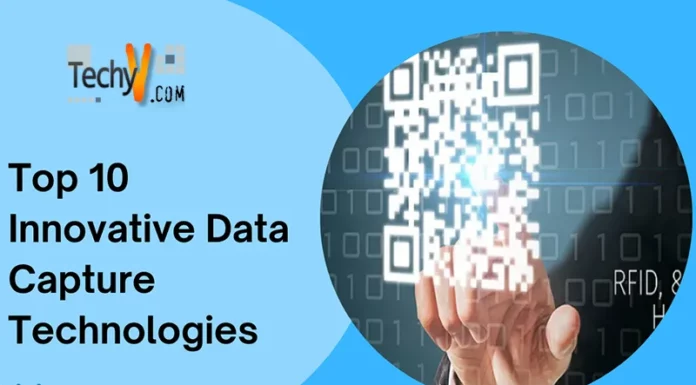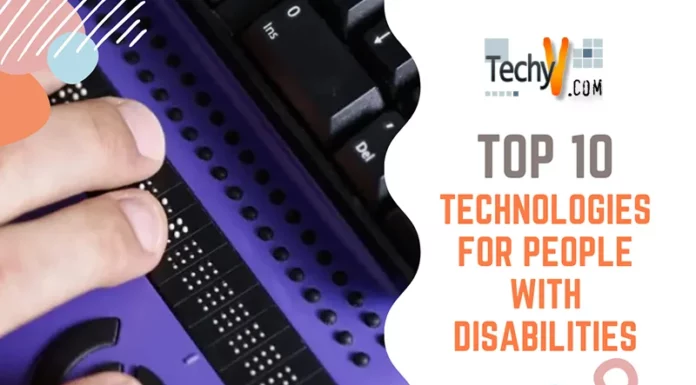At the core of deep learning technology is GAN, generative adversarial networks, it is a kind of artificial intelligence. GANs incorporates two kinds of machine learning, first type produces new objects, called the generator and the other one is called the discriminator which is used for evaluation. The generator helps generate images that mimic the training data. On the other hand, the discriminator assesses whether they pass as genuine or fake.
Deep learning is a part of machine learning which involves neural networks with multiple layers, pivotal in training these models. These networks can learn a wide variety of features from a large set of training data. It allows the creation of realistic and subtle amendments in videos and photos.
1. Entertainment And Media
In the film and television industry, deepfake technology is proliferating in various ways like how visual effects are created, following a realistic approach at a fraction of the traditional cost and time. Employing deep learning algorithms, filmmakers modify actors’ appearances or restore historical figures and old celebrities in new roles a never-ending debate between appreciation and ethics. A decent illustration of this practice is the in-depth conference created for the Forbes India article, where Tom Cruise and George Lucas were digitally recreated to discuss the future of cinema. This is a vibrant example that displays the caliber of deepfakes in creating highly engaging content and emphasizes how traditional media channels are beginning to explore these technologies in order to offer lively experiences to their viewers.
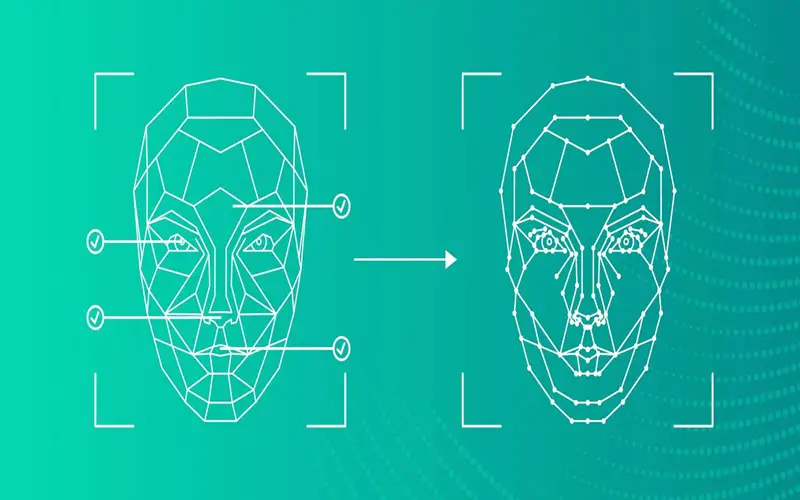
2. Marketing Innovations
Deepfake technology is a revolutionary tool in the market. Nowadays, various brands can be seen making use of AI for the creation of advertisements featuring several virtual avatars of celebrities or tailored messages from fictional characters that engage personally with the individual consumers. This approach has enhanced customer engagement to a more significant extent and has emerged as a more refined strategy, as detailed in a Forbes India discussion. In addition, global communication strategies are rising as leaders use these technologies to enable and empower audiences globally to respond in their languages. The technology is a bridge between the audience and the leaders, breaking down language barriers and opening up new possibilities for global advertising by engaging with people personally without the need for people who speak multiple languages.
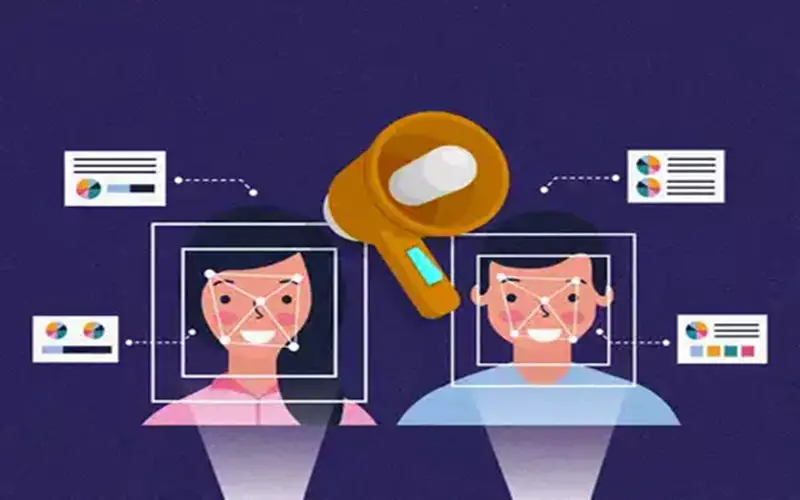
3. Voice Restoration
Utilization of deep learning algorithms can also be witnessed in initiatives like, the ALS Association’s “voice cloning initiative.” The main motive behind initiating such efforts is to restore the voices of individuals affected by crucial conditions such as amyotrophic lateral sclerosis, providing a medium for them to work for betterment in their communication skills and regain their voice.

4. Augmented Reality And Gaming
Deep learning techniques are used for creating captivating augmented reality experiences and advanced gaming graphics. Augmented Reality helps in the generation of realistic visuals and interactions. Deepfake technology contributes to the advancement of these technologies, which provide users with vibrant and engaging virtual experiences.

5. Privacy And Security Concerns
Along with its various applications, deepfake technology imposes severe privacy and security threats. It can be used to create fake content which is a direct threat to one’s personal rights and safety. One of the most serious issues is the risk of identity theft and the false use of someone’s images which leads to potential personal and professional harm further increasing severe crimes. This technology can create images that remain unidentified from authentic photos, making it an execellent tool for creating fake content or fooling someone online.
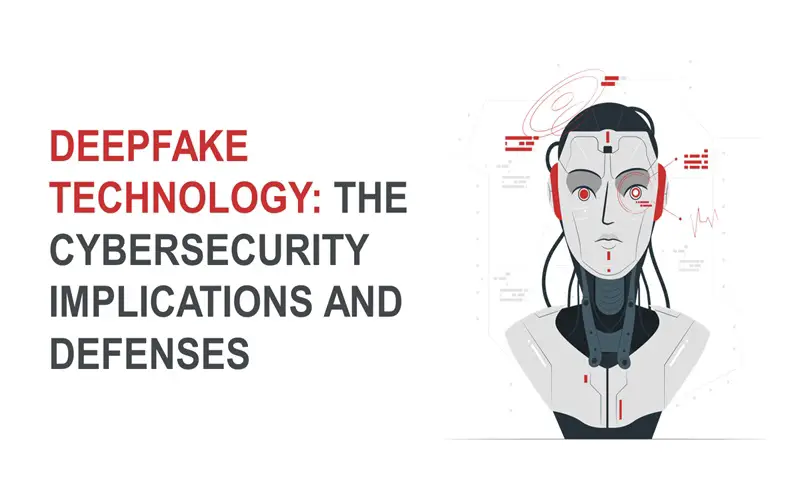
6. Detection And Prevention
A challenge that has arisen due to this technology is the detection of deep fake content. It is critical due to the sophistication of the technology. Traditional detection methods, such as looking for lighting errors and facial expressions, have become less effective as deepfake algorithms have improved. Researchers and technologists have now focused to developing more advanced techniques to detect these fakes. For illustration, some of the latest approaches involve the analysis of the subtle patterns in skin texture or how the light reflects the off eyes, which are difficult for deepfakes to replicate accurately.
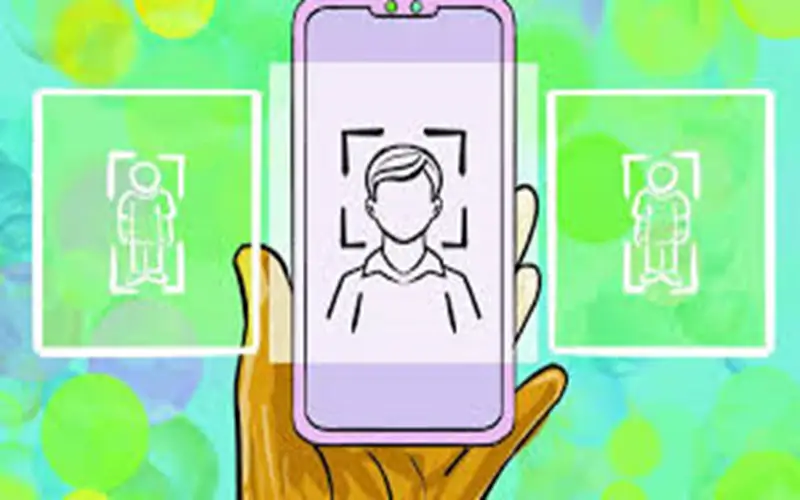
7. Ethical And Regulatory Landscape
The increasing utilization of deepfake technology throws light on the necessity of a corresponding evolution in the ethical and regulatory frameworks to govern the use of the same. There is an urgent need for strict rules and regulations to manage the production and distribution of deepfakes. Such regulations must address issues associated with consent, privacy, and the potential for harm, ensuring that the rights of the concerned individuals are protected in the face of rapidly advancing technologies.

8. Medical Training And Simulation
Deepfake technology is utilized in medical training and simulation scenarios to create lifelike virtual patients or carry out medical procedures and counter operation-related consequences. This permits healthcare professionals to gain valuable experience and work on advancing their skills in a controlled and secure environment.
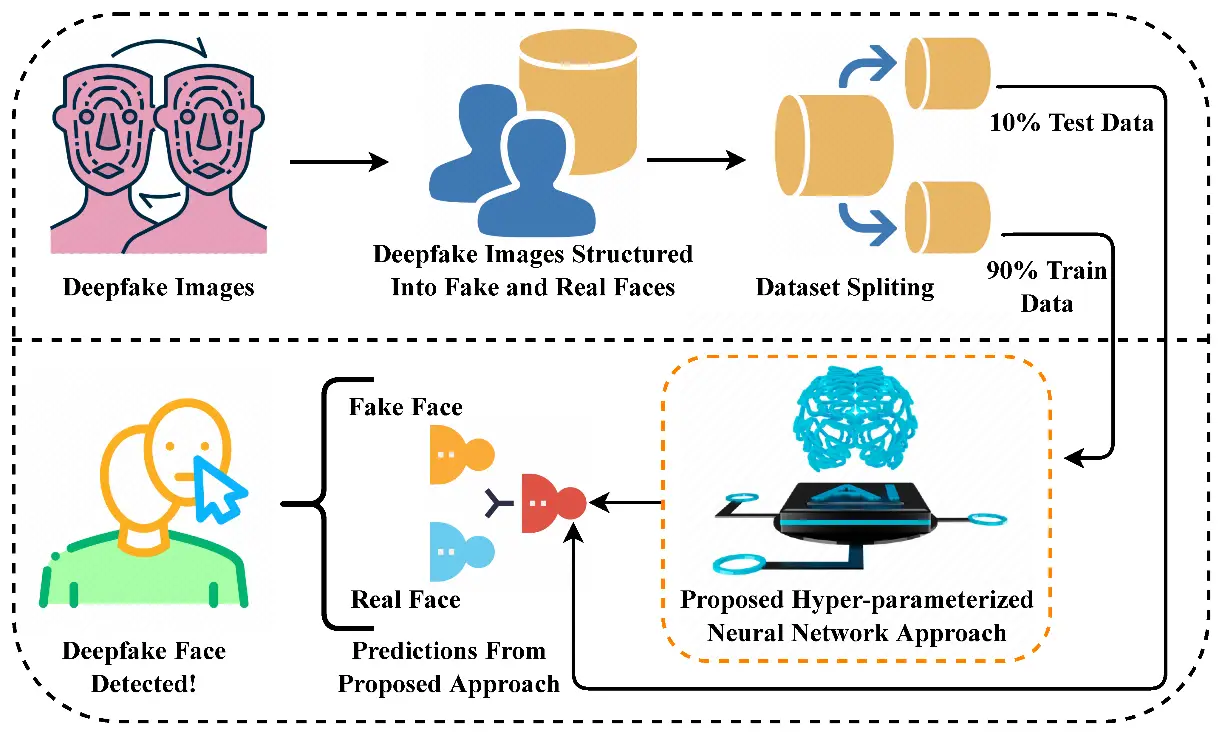
9. Digital Literacy And Education
Working on increasing scientific temperament, and digital, and media literacy among audience is essential for individuals in order to navigate the deepfake landscape deeply. By teaching people about critical thinking skills is necessary to identify and analyze manipulated media so that they can become empowered and contribute to a more well-aware society.

10. Historical And Cultural Preservation
Deepfakes can add to preserving and creating an understanding of history by recreating historical figures or events. With the use of deep learning techniques, experts can bring documents or images to life,providing a deeper understanding of the past and improving cultural monitoring.
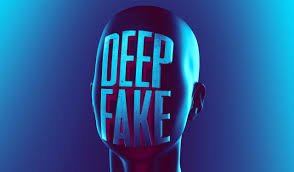
Conclusion
Deepfake technology can be resembled to a double-edged sword, that not only offers a tremendous potential, but also creates some severe ethical, privacy, and security concerns. Its applications span entertainment, education, accessibility, and research, but it can also be used for misinformation, manipulation, and privacy violations. Synthetic media is yet another powerful and emerging technology that carries both benefits and risks. As it continues to advance, it is crucial to create an environment that promotes responsible utilization and prioritizes authenticity. By doing so, we can support the potential of synthetic media while reducing the risks it encourages to our digital landscape.




